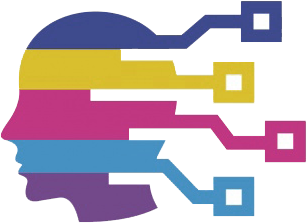In a world where information overload can easily paralyze learning, Google’s introduction of the expanded Audio Overviews feature within its NotebookLM app signals a revolutionary approach to note-taking and research assistance. By adding support for 76 new languages, this feature not only amplifies the accessibility of academic and professional resources but also enhances the way individuals across diverse linguistic backgrounds engage with content. This is not simply an upgrade; it’s a paradigm shift in making education more inclusive and universally understandable.
Empowering Multilingual Education
The initiative to introduce a customizable “Output Language” option is especially commendable for its potential in educational contexts. Teachers can now curate a multilingual arena where students interact with various resources in their native languages. Imagine a global classroom where a lesson on climate change can seamlessly integrate a documentary in Portuguese, a research paper in Spanish, and a study summary in English. This capability ensures that language barriers no longer obstruct learning pathways. Students are empowered to grasp complex concepts in a language they are comfortable with, ultimately fostering a more profound and easier understanding of the material.
Redefining Content Consumption
Beyond the academic realm, the ability to generate audio content from written documents transforms the ways we digest information. The Audio Overviews feature behaves like a personalized podcast generator, turning static knowledge into dynamic, engaging audio. This format is particularly beneficial for auditory learners or busy professionals who prefer listening over reading. Such versatility ensures that information can be consumed in a manner that suits varying lifestyles and learning preferences. Google demonstrates an understanding of diverse cognitive styles and paves the way for more flexible knowledge acquisition.
Breaking Down Language Barriers
The extensive list of new languages added—including Arabic, Hindi, Portuguese, and Vietnamese—reflects a true commitment to inclusivity, catering to a global audience. Google’s acknowledgment of the diverse linguistic ecosystem invites a greater number of users to dismantle the barriers that have historically hindered effective communication. This move not only serves to democratize access to information but also honors cultural diversity, allowing users from different backgrounds to confidently utilize technology that resonates with their linguistic identity.
Reimagining Collaborative Learning
The collaborative aspect of this feature cannot be overlooked. By allowing users to share various language resources easily, working together becomes simplified and more enriching. For instance, multilingual project teams can now enhance their collaborative efforts by exchanging insights in their preferred dialects while still benefiting from each other’s knowledge. This innovation fosters a culture of shared learning wherein students and professionals engage across language lines, thus collaborating in a more cohesive and integrated manner.
Google’s NotebookLM with its newly expanded Audio Overviews exemplifies a significant advancement in the accessibility of information for global users. It not only addresses the needs of diverse audiences but also enhances the way we interact with knowledge, making the future of learning not just brighter but also significantly more inclusive.

